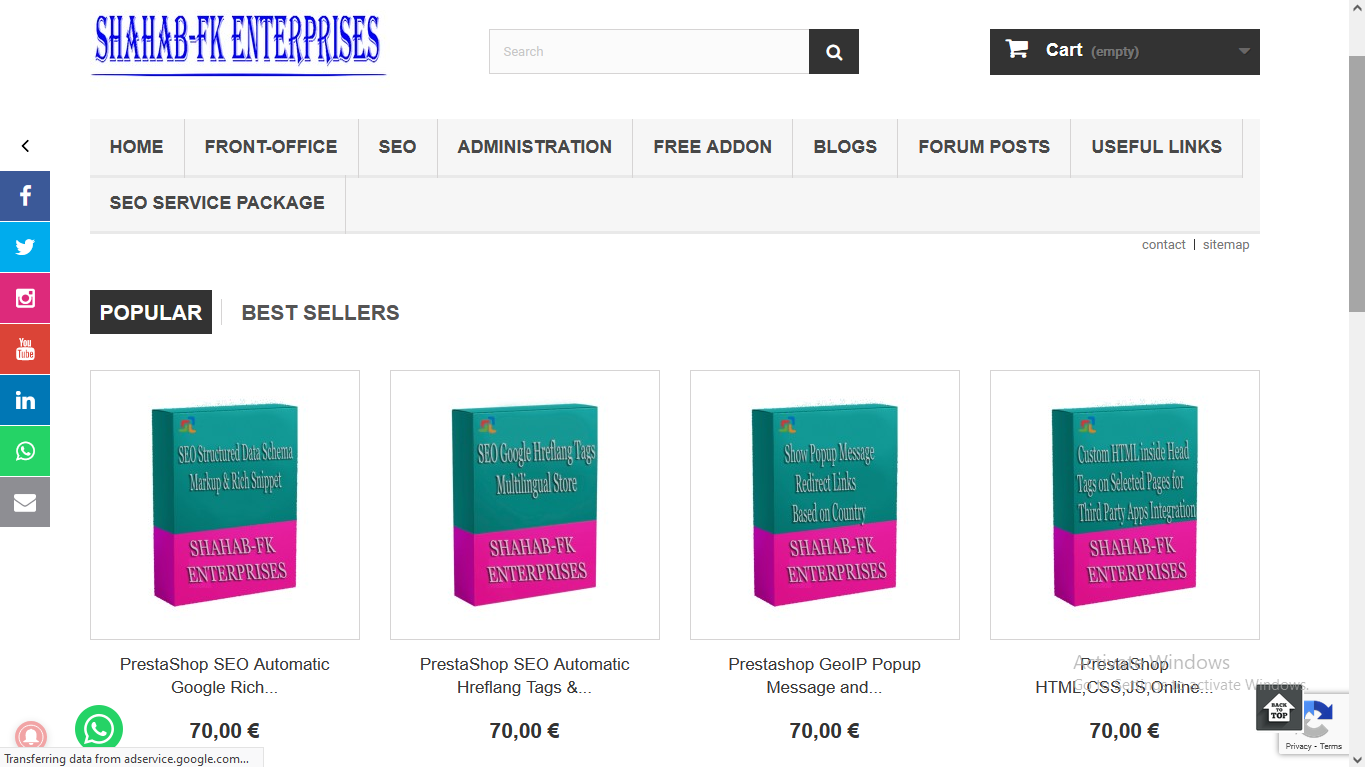PrestaShop offers a range of security settings to help protect your online store. Here are some key security measures and best practices you can implement:
1. Update Regularly
- Core Software: Keep PrestaShop and all its modules and themes up to date. Security vulnerabilities are often fixed in new releases.
- Modules and Themes: Ensure that all third-party modules and themes are from reputable sources and are kept updated.
2. Secure Hosting Environment
- Use a Reliable Host: Choose a hosting provider that offers robust security features, including regular backups, SSL certificates, and DDoS protection.
- Server Configuration: Ensure your server is properly configured, including file permissions, and use security tools like a Web Application Firewall (WAF).
3. SSL/HTTPS
- Enable SSL: Use SSL certificates to encrypt data transmitted between your server and customers. You can enable SSL in the PrestaShop back office under “Shop Parameters” > “General.”
4. Admin Panel Security
- Change Default Admin URL: Change the default admin URL to something unique to make it harder for attackers to find.
- Strong Passwords: Use strong, unique passwords for your admin panel and encourage all users to do the same.
- Two-Factor Authentication (2FA): Enable two-factor authentication for an additional layer of security.
5. Database Security
- Database Access: Limit database access to only those who need it and use strong, unique passwords for database users.
- Backup Regularly: Regularly back up your database and store backups securely.
6. File and Folder Permissions
- Set Correct Permissions: Ensure that files and folders have the correct permissions. Generally, files should be set to 644 and directories to 755.
- Avoid Writable Folders: Minimize the number of writable folders to reduce the risk of malicious files being uploaded.
7. Use Security Modules
- Security Modules: Consider using security modules like PrestaShop Security, which offers features like IP blacklisting, file change detection, and more.
8. Monitor and Audit
- Log Monitoring: Regularly monitor access logs for unusual activity.
- Security Audits: Periodically perform security audits to identify and fix potential vulnerabilities.
9. Content Security Policy (CSP)
- Implement CSP: Use a Content Security Policy to prevent cross-site scripting (XSS) and other code injection attacks.
10. Secure User Input
- Validation and Sanitization: Validate and sanitize all user inputs to prevent SQL injection, XSS, and other attacks.
11. Limit Admin Access
- Role Management: Use PrestaShop’s role management to limit admin access to only those functionalities needed by each user.

